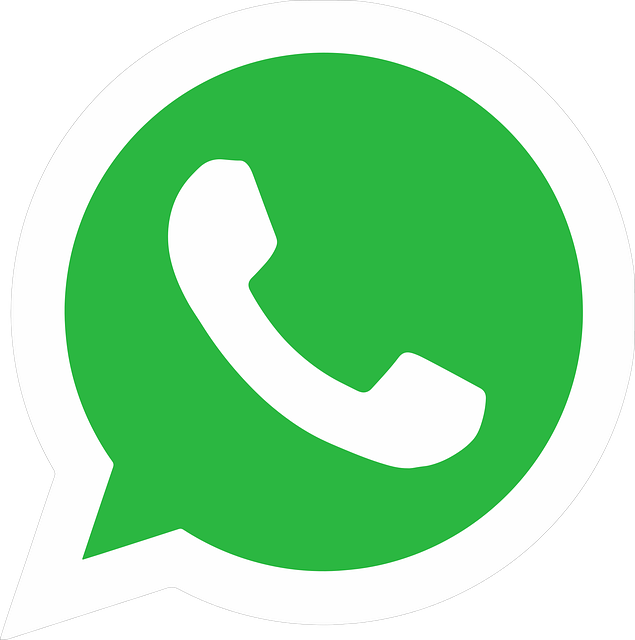Block Incoming calls based on calling party number CUCM
Block Incoming calls based on calling party number CUCM
Are you annoyed of unwanted calls? Trying to block incoming calls based on the Calling Party Number? Time to play with “Route Next Hop By Calling Party Number” which block calls based on calling party number. This feature works for all the protocols like MGCP, H323 and SIP as well.
Scenario:-
Calling Party Number – 99999 (External PSTN)
Called Party Number – 10000

In Figure 1 – When “Route Next Hop By Calling Party Number” is not applied, the calls are getting routed to extension 10000.
In Figure 2 – When “Route Next Hop By Calling Party Number” is applied, the calls are not being sent to the extension 10000 by Cisco Unified Communication Manager.
To achieve this functionality, you need to follow the below steps –
Configuration in Cisco Unified Communication Manager:
- Login to Cisco Unified Communication Manager.
Create Partitions and CSS
- Create a Partition named “Gateway_PRT” and Create a CSS name “Gateway_CSS”. Assign Gateway_PRT to Gateway_CSS
- Create a Partition named “Filter_PRT” and Create a CSS name “Filter_CSS”. Assign Filter_PRT to Filter_CSS
Note : Ensure that Gateway CSS should not have any other Partitions that is being used by Directory Numbers, else the calls will be routed to the Directory Numbers.
Assign Gateway_CSS in Trunks and Gateways for Inbound Calls
Create Translation Pattern > This Translation Pattern will match all the incoming calls from Gateways or Trunks
- Add a New Translation Pattern > !
- Description > Calls from Gateways or Trunks
- Calling Search Space > Filter_CSS
- Check Mark > Route Next Hop By Calling Party
Create Translation Pattern > This Translation Pattern will route non blocking calls to the Directory Numbers
- Add a New Translation Pattern > !
- Description > Filtered Translation Pattern
- Calling Search Space > Internal_CSS (Calling Search Space of IP Phones/Directory Numbers)
- Ensure Route Next Hop by Calling Party is Unchecked
Create Translation Pattern > This Translation Pattern will block calls to the Directory Numbers
- Add a New Translation Pattern > 99999
- Description > 99999 is Being Blocked to Call to the Directory Numbers
- Calling Search Space > <None>
- Route Option > Block this Pattern > Call Rejected
- Ensure Route Next Hop by Calling Party is Unchecked
Now the calls from 99999 will be blocked when the call hits Cisco Unified Communication Manager.
Cheers!!

I am working in an IT company and having 10+ years of experience into Cisco IP Telephony and Contact Center. I have worked on products like CUCM, CUC, UCCX, CME/CUE, IM&P, Voice Gateways, VG224, Gatekeepers, Attendant Console, Expressway, Mediasense, Asterisk, Microsoft Teams, Zoom etc. I am not an expert but i keep exploring whenever and wherever i can and share whatever i know. You can visit my LinkedIn profile by clicking on the icon below.
“Everyone you will ever meet knows something you don’t.” ― Bill Nye





I tried this setup, however the part about adding Translation Patterns with the “!” twice is not allowed. I would love to do this if anyone can provide more details.
Hello,
I believe that you might have added “!” pattern twice with same partition/null partition. The actual work is to add “!” with two different partition, i.e., Gateway_PRT and Filter_PRT. Let me know if you face any issues?
The two ! patterns should be in different partitions.
hi
actually i have one quisetn is little difrrent is that i have three DN’s range all of them locally 1.X.X.X is used for loacl staff and 3.X.X.X used in Asstant and 2.X.X.X used for mangers all of them registerd in on cucm i want to have the seanrios is STaff can call each other and Asstant but it prenvent from call the manger and the Asstant can be able to call staff and mangers and the mangers can dial all how it this accomlpish over a CUCM
Hi Mostapha,
To achieve the above scenario, you need to play with Partition and CSS.
Create 3 Partition and 3 CSS (Staff_PRT, Staff_CSS, Manager_PRT, Manager_CSS, Assistant_PRT, Assistant_CSS)
1. In Staff_CSS > Assign Staff_PRT and Assistant_PRT
2. In Manager_CSS > Assign Staff_PRT, Assistant_PRT and Manager_PRT
3. In Assistant_CSS > Assign Staff_PRT and Manager_PRT
4. Now in Manager’s IP Phone > Assign Manager_PRT and Manager_CSS
5. Now in Staff’s IP Phone > Assign Staff_PRT and Staff_CSS
6. Now in Assistant’s IP Phone > Assign Assistant_PRT and Assistant_CSS
That’s all. Let me know if you are facing any issues.
Hello,
Sorry to resurrect this old post. But your article is very easy to follow and to compare with mine when compared to other posts.
I am trying to use the “Route Next Hop By Calling Party Number” to route calls based on their Calling Party ID.
What I have is similarly setup as above, except that my translation pattern is only matching PSTN-destined calls, ie: 9.! instead of ! for pattern matching. The idea is to block any calls that do not have the authorized Calling Party ID, while letting matched Calling Party ID thru on a QSIG-SIP gateway.
It seems that I am not able to match the Calling Party ID, but everything is blocked by the catch-all pattern (pattern ! to block non-matched numbers). Is the presentation of calling party ID different for SIP?
Regards,
Trev.
This worked great. All calls into our organization come in over (8) 23 channel PRI’s. Set the inbound CSS of each PRI to the GATEWAYS CSS and the rest fell right into place.
Be very careful with these instructions. Instructions are incomplete, Got part of the way into it and all calls, inbound/outbound, ended up being blocked for our business.
Excellent information. Thank you so much for this!!!!!
Hi Avinash ,
Thank you for the great article, it is easy to understand.
After all these steps, do we want to add the created CSS(Gateway_CSS
) on SIP trunk